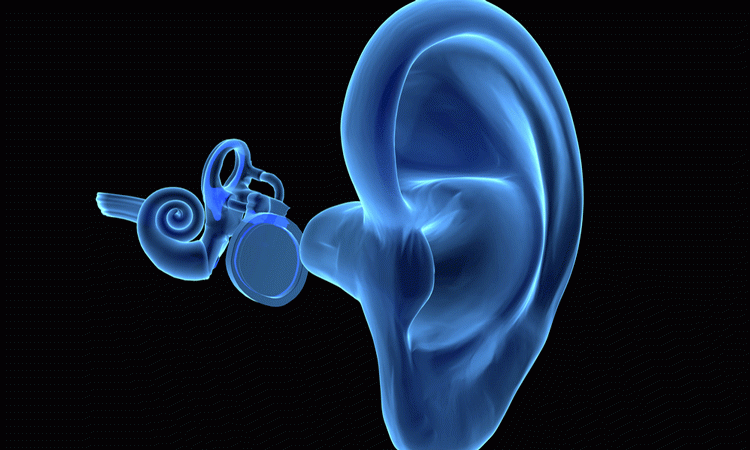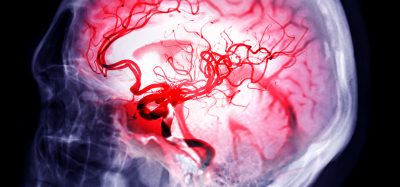New target identified for vestibular diseases
Posted: 10 July 2019 | Victoria Rees (Drug Target Review) | No comments yet
Researchers have discovered a potential treatment for vestibular conditions such as dizziness in animal models.


A new study has discovered a potential pathway to treat vestibular diseases. Researchers were able to regenerate hair in the inner ears of mice allowing the animals to recover vestibular function, indicating a form of treatment for conditions such as dizziness and balance disorders in humans.
The researchers, from the Stanford University School of Medicine, impaired the inner ear hair cells of mice and then measured how well they regenerated on their own. They found that about a third of the cells regenerated spontaneously but appeared immature and vestibular function was inconsistent.
Next, they manipulated Atoh1 in the mice, a transcription factor that regulates hair cell formation. In the animals that overexpressed Atoh1, as much as 70 percent of hair cells regenerated. The regenerated cells appeared relatively mature and about 70 percent of these mice recovered vestibular function.
“This is very exciting. It’s an important first step to find treatment for vestibular disorders,” said Alan Cheng, senior author of the study. “We couldn’t get sufficient regeneration to recover function before.”
The researchers plan to study how other methods to enhance Atoh1’s function may affect regeneration.
While the finding is a proof of concept, “it has opened the door for many more possibilities that could lead to treatment in people with vestibular disorders,” said Zahra Sayyid, the lead author.
The results were published in Cell.
Related topics
Drug Targets, Research & Development, Targets
Related conditions
balance disorders, dizziness, vestibular diease
Related organisations
Cell, Stanford University School of Medicine
Related people
Alan Cheng, Zahra Sayyid








